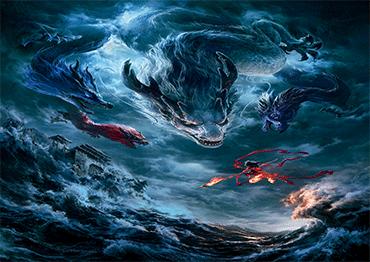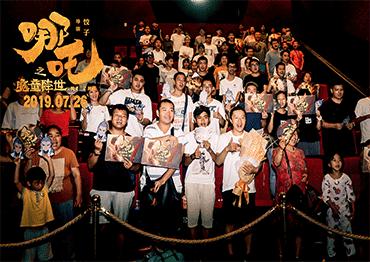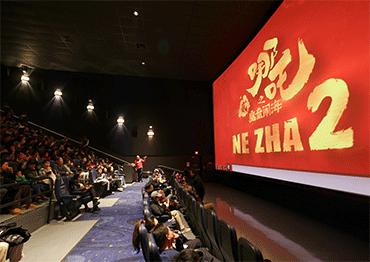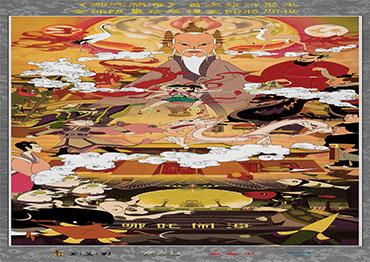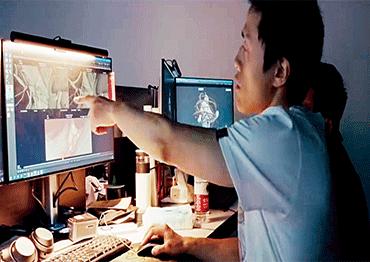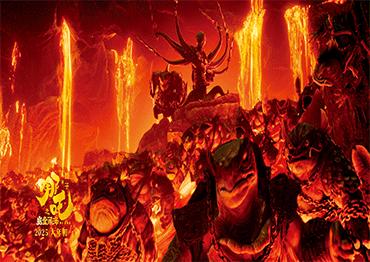Based on the 16th-century Chinese novel The Investiture of the Gods (Fengshen Yanyi), Ne Zha 2 centers on one of the most beloved figures in Chinese mythology.
The film opens with a Daoist deity attempting to reincarnate the souls of Ne Zha and his close friend Ao Bing, as both perished at the end of the previous installment. While Ne Zha is successfully resurrected, Ao Bing’s new body falls apart before his soul can take form. Determined to save his friend, Ne Zha departs for heaven to take on the ascension trials, a series of grueling tests required to attain immortality. Along the way, a new story unfolds, one that explores themes of oppression and resistance, prejudice and self-discovery.
Both critics and audiences have pointed to Ne Zha 2’s defiant spirit as a key factor in the franchise’s success, challenging the clear-cut moral lessons often found in Chinese animation.
However, Ne Zha 2 blurs these boundaries, winning acclaim for portraying characters as complex,multi-dimensional individuals with distinct perspectives and motivations.
At its core, Ne Zha 2 tells the story of outcasts marginalized for being different. Whether labeled as demons or monsters, every major character faces discrimination, inequality and injustice.
In traditional mythology, as well as in The Investiture of the Gods and past adaptations, Ne Zha has always been depicted as a baby-faced warrior god. Yet, in Yang’s reimagining, he is born a demon child, shunned and bullied by the townspeople. Despite this, he refuses to be defined by fate, believing that he alone has the power to decide whether he becomes a demon or a deity.
Similarly, Shen Gongbao, a main antagonist in the series, is not merely an ambitious villain but another victim of prejudice. Born to a family of leopards,each gradually achieves human form through self-cultivation and strives for the next step – to become immortals.
Ne Zha 2 expands on his story, introducing two new characters: his father, Shen Zhengdao, and his younger brother, Shen Xiaobao. Achieving immortality through years of cultivation and discipline is a long-cherished dream for the Shen family. Shen Gongbao ultimately succeeds, but his father and brother continue to struggle. Also, their status as former beasts subjected them to discrimination, pushing them to the brink of survival.
The film’s intricate storytelling is the result of years of meticulous work. Yang spent two years crafting the screenplay for the first Ne Zha film, followed by three years of production. After its 2019 release, Yang and his team dedicated another five years to Ne Zha 2, again devoting two years to the screenplay and three years to production.
“I’ve refined the screenplay to the point where not a single word can be removed. Every line matters, and every expression has significance,” Yang told NewsChina.
While writing, Yang often felt as though the characters had taken on lives of their own, guiding the narrative rather than being dictated by him.
“If we expanded each character’s storyline, we’d see that they all have rich, vivid and fascinating tales to tell. It was so intriguing for me to feel the pull of the characters when writing the screenplay,” Yang said.
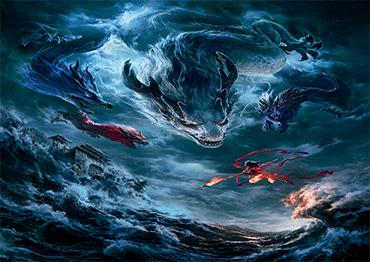
 Old Version
Old Version
